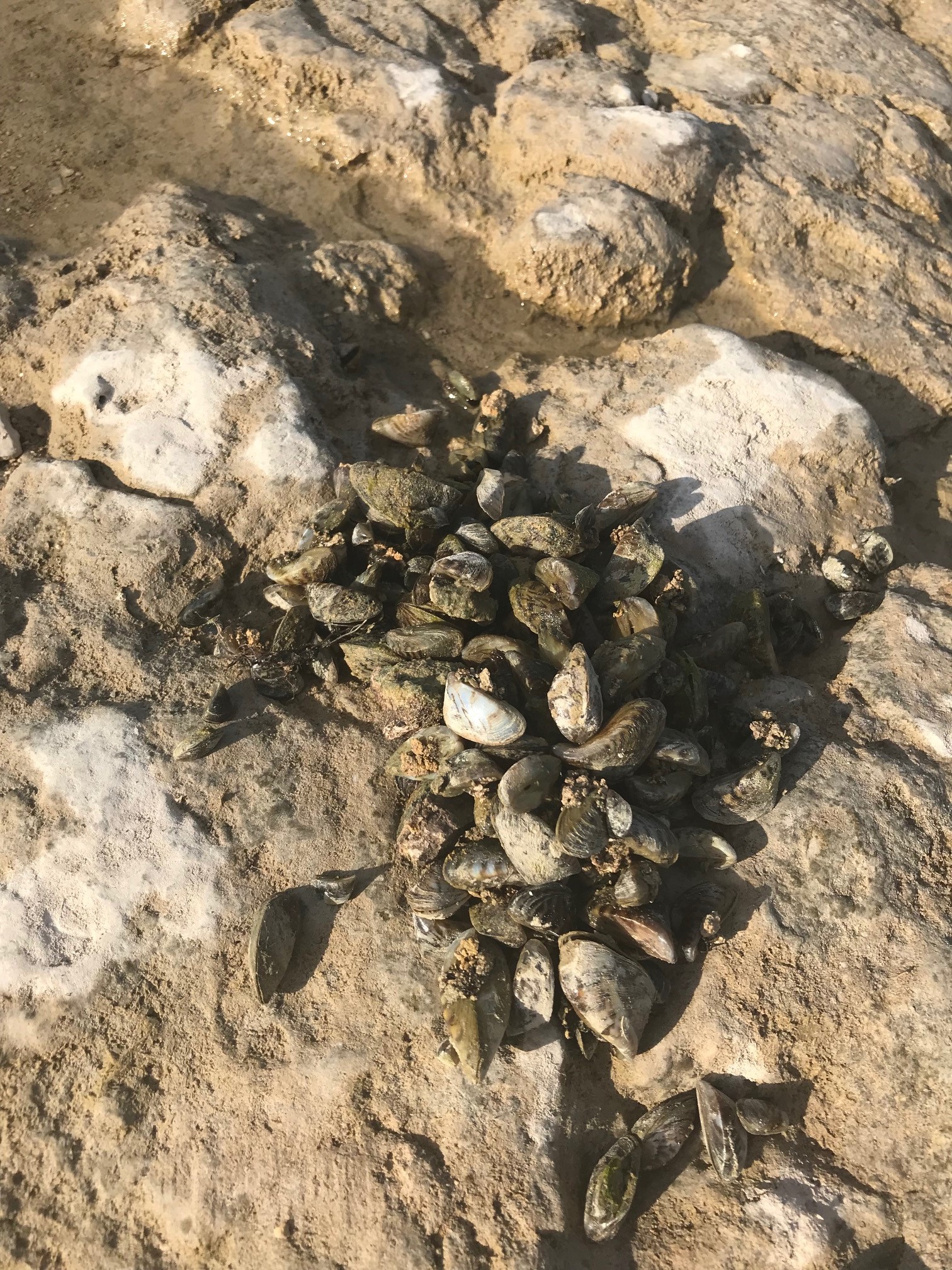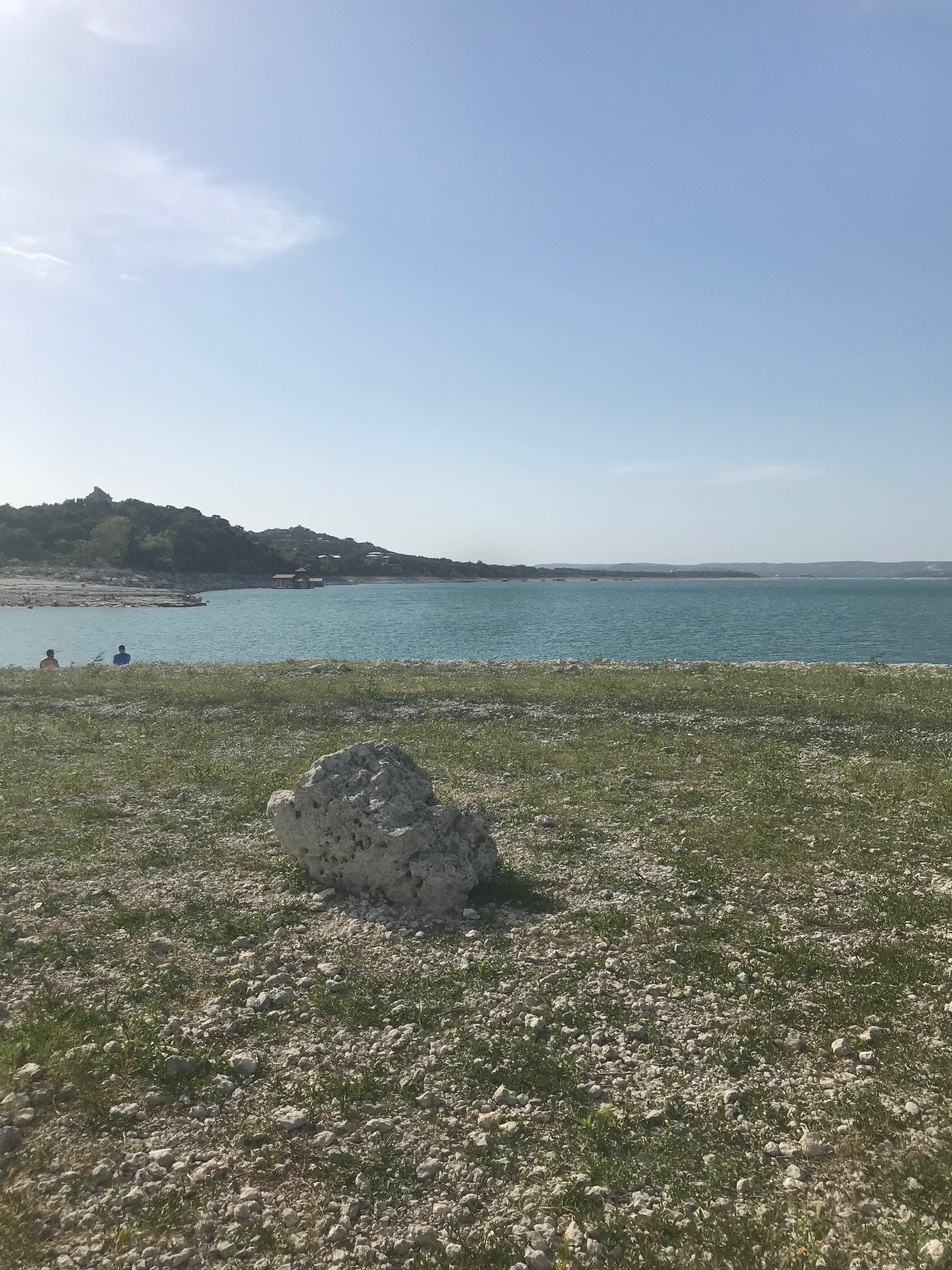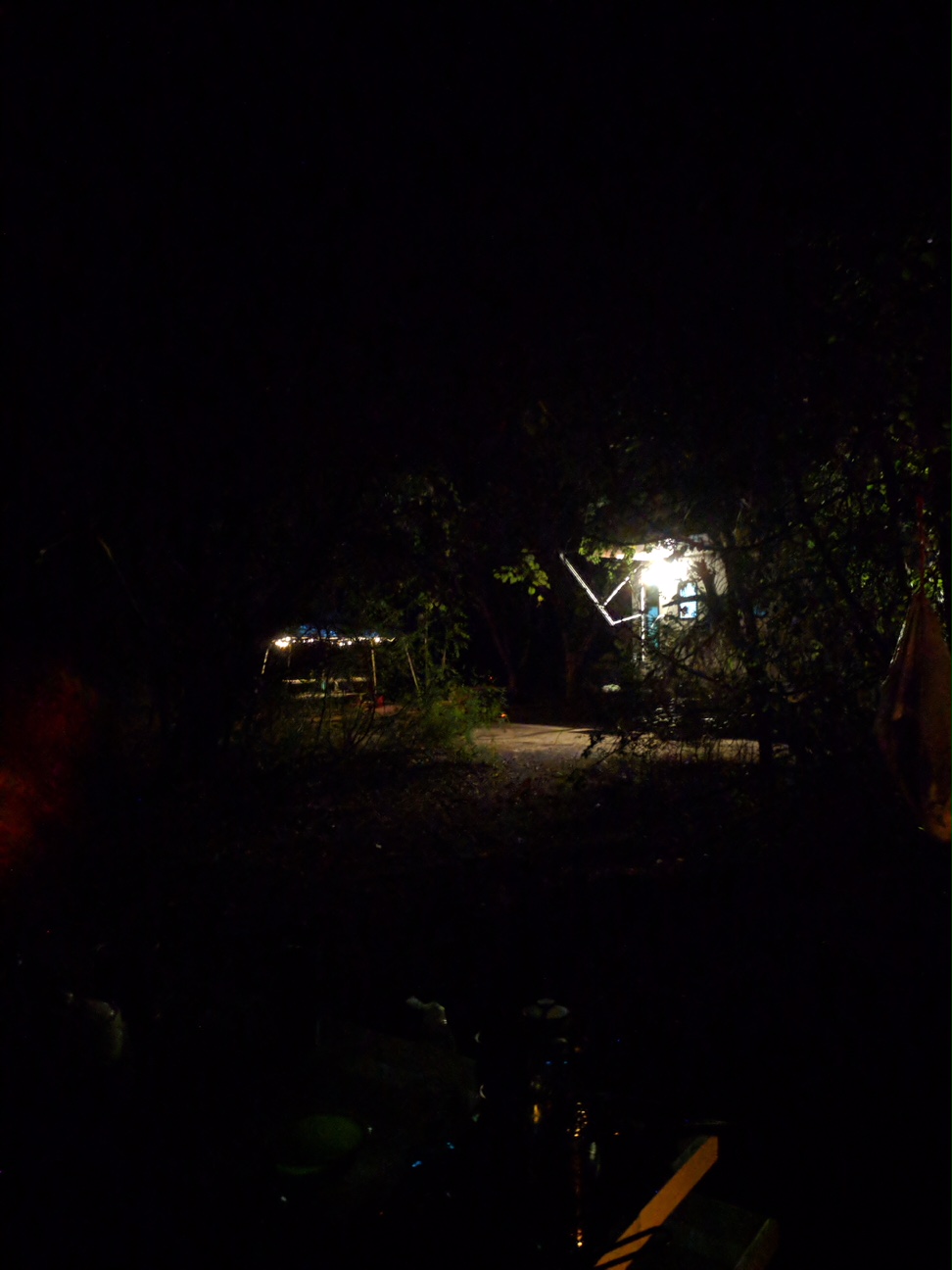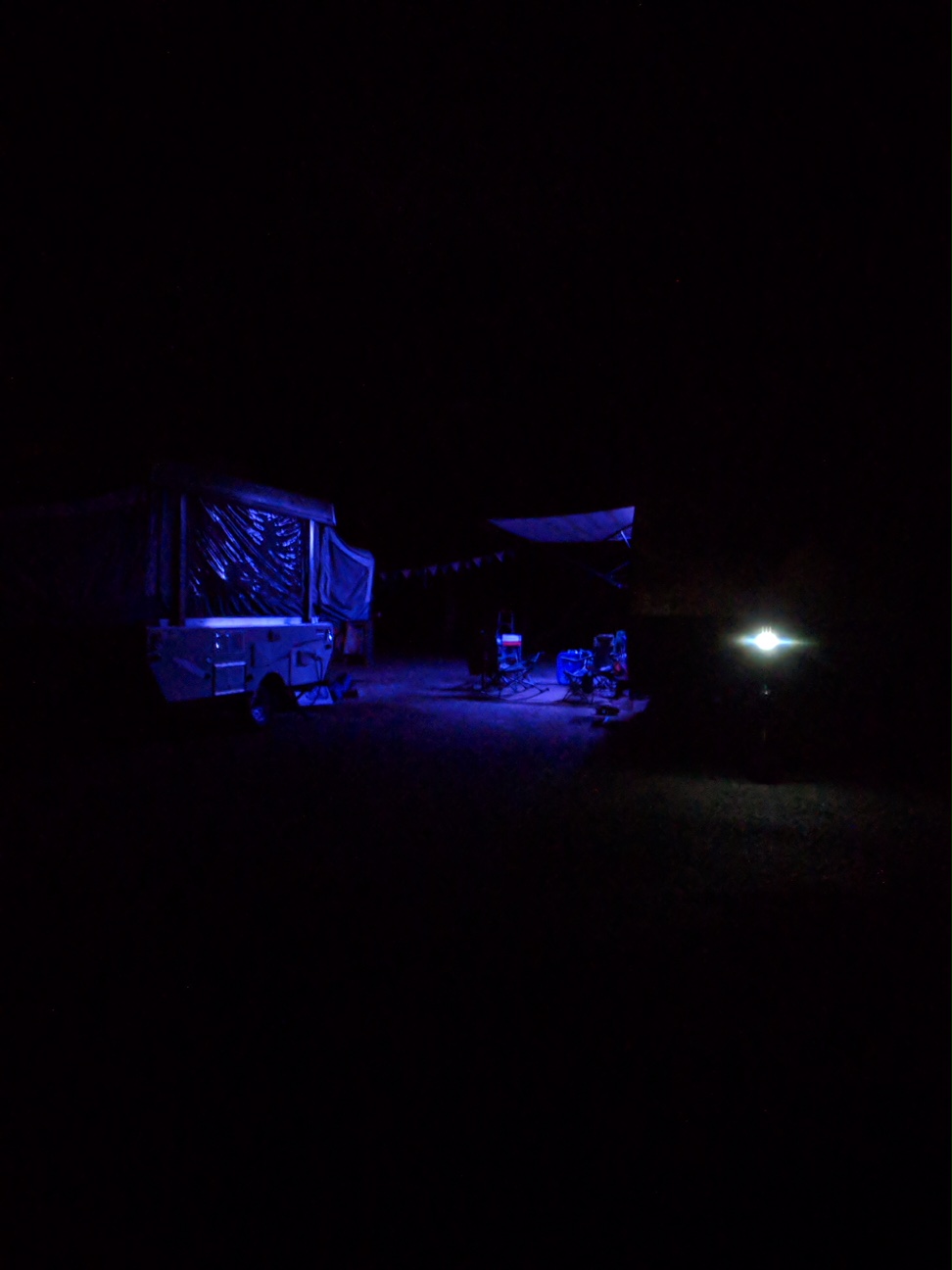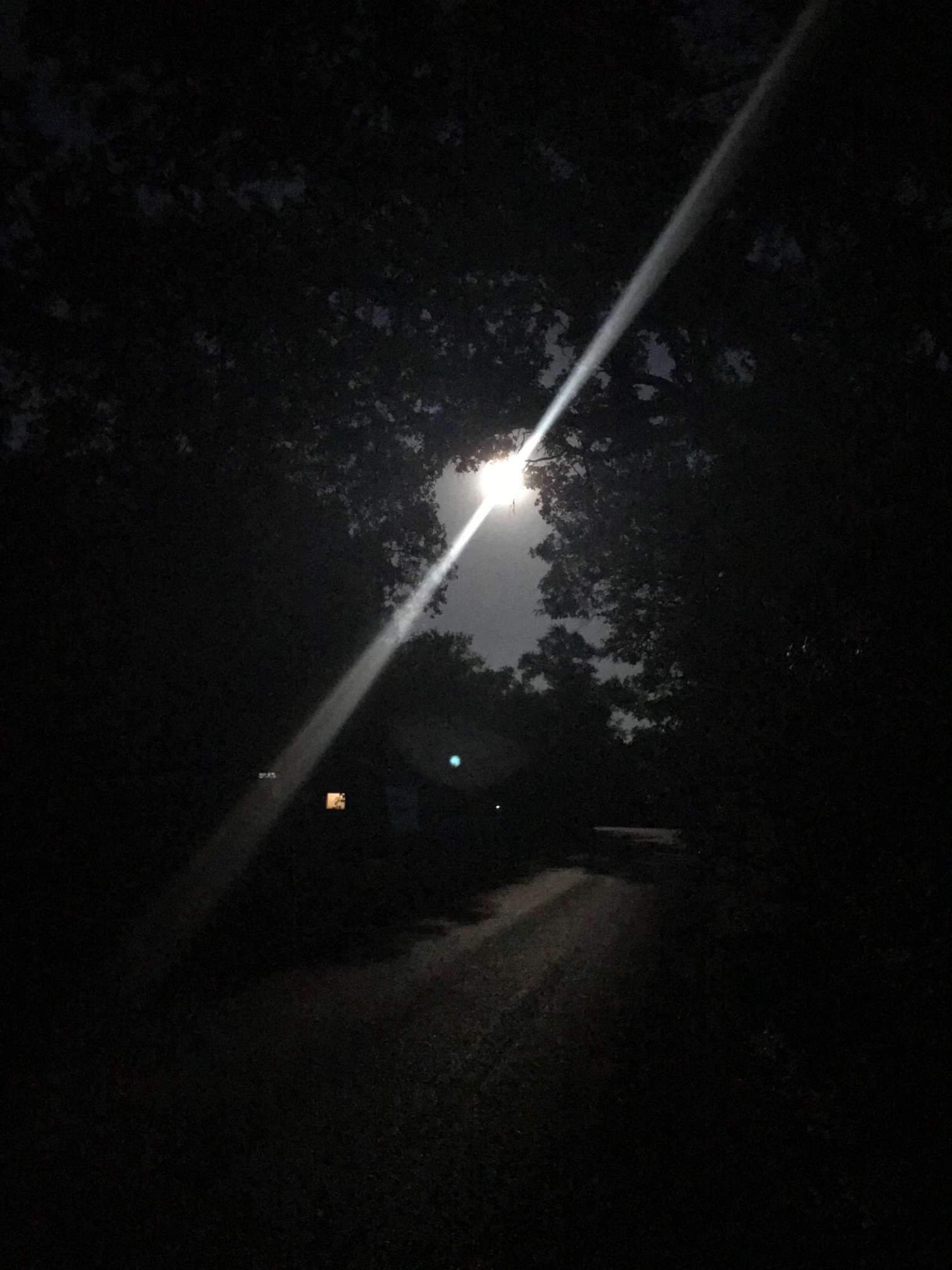As traffic on the Austin greenbelt increases year after year (1), locals and visitors are left wondering what to do about the trash left behind. Residents living near the greenbelt have reached out to the local news stations in the past year about the trash (2,3) but results from this media spotlight are uncertain. Besides physical trash, humans and pets leave other types of waste on the trails, I set out to explore how or if our chemical waste is having an effect on the water of Barton creek.
We have been there, all day drinking at the greenbelt, the sun is high in the sky and there is no bathroom in sight. You head to the water and quietly relieve yourself hoping no one will notice. Or worse, that 8am Rudy’s breakfast taco is hitting a little too hard and you aren’t going to make it back to the car, so you head for the woods for a quiet spot to contemplate becoming vegetarian. (Though I have heard that they also have rockstar poops) Let’s say you also brought your dog along, and they need to relieve themselves as well. You hiked more than a mile to get to this swimming hole, are you going to carry a dog poo all the way back? Austin has a “scoop the poop” education program and a city ordinance against leaving poop. Upon our visit we witnessed 16 un-scooped poops directly on the trail, 8 were already bagged and 8 were not. Why am I even writing about 16 poops on more than a mile hike one way? This was a surprisingly high amount of waste for a very low traffic time, the water level is extremely low and it was a weekday. Secondly, most of the poops were within the first 1000ft of trail, the closest you will ever be to a trash can on the whole hike. The bagged poops were often lower down the trail, assuming people meant to come back and get it and forgot. Let’s dive into some of the city water data to further explore.
The first question on everyone’s mind is “Is there really poop in the greenbelt water” The answer to that is yes, there is E.coli bacteria in the greenbelt water. The real question you should be asking is how much is there? E.coli is measured in surface water as MPN/100ml or Most Probable Number per 100 milliliters(5). The TCEQ (Texas Commission on environmental quality) allowable E.coli for swimming is 126 MPN/100ml(4,5,6). So what does that mean for greenbelt water? Well Last year in July, the heat of the summer, the MPN for Barton creek upstream of Barton pool was 104 MPN/100ml(7). Throughout the year it varies from a very low of 24 MPN/100ml (winter and early spring), to the max of 104 measured in July(7). Not surprisingly the measurement in July 2017 further upstream, of the most popular swim spots, at Lost Creek Blvd was 73 MPN/100ml(7). The measurement is below the TCEQ recommended limits at the time of testing, and the bacteria levels are higher downstream of popular swimming areas. The water is safe to swim in, but no one out there is recommending that you drink it.

















